Air quality remains a headache
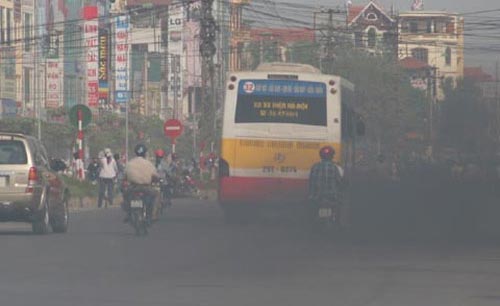
illustration photo
According to the Ministry of Natural Resources and Environment’s (MoNRE) September-released report on air quality from 2008-2013 in Vietnam, rampant air pollution remained almost unchanged compared to 2003-2007, with many types of pollutants far exceeding permissible limits, causing health problems for people nationwide, especially in big cities like Hanoi and Ho Chi Minh City.
Over 4,200 people per 100,000 suffer from bronchitis, while 6,900 people per 100,000 complain of throat diseases, the report complained.
For example, X-ray results of over 372 workers in the northern province of Quang Ninh’s Ha Tu coal mine showed that 148 suffered from asthma and bronchitis.
In Ho Chi Minh City, the percentage of those suffering from tuberculosis due to air pollution topped the country at 0.18 per cent, followed by Bac Giang and Quang Ninh provinces (nearly 0.15 per cent each), Ninh Thuan province (0.14 per cent), Dong Nai province (0.13 per cent) and Haiphong city (over 0.12 per cent).
Statistics from the Ministry of Transport’s Health Care Department showed that 2.5 million patients annually spent an estimated $66.8 million on examinations and treatment of respiratory diseases in Hanoi alone.
They also showed that in Ho Chi Minh City, about 5.6 million patients annually spent $70.9 million on similar treatment.
Most big cities throughout the country was being hit by increasing levels of air pollution particularly ozone and dust, according to the report.
Over recent years, the air quality in Hanoi has been poor in every four days out of 10. In the central city of Danang, the number of ‘poor’ days tripled during 2011-2013.
According to the MoNRE report, in Hanoi, Ho Chi Minh City, and Dong Nai province’s Bien Hoa city, dust levels were two-to-six times higher than permissible limits.
In the central region, including Danang, dust levels were 42 per cent higher than permitted in key economic zones.
In the southern region, including Ho Chi Minh City, levels were 44 per cent higher than allowed, while in the north, they were an alarming 68 per cent higher than maximum permissible levels.
“One of the main reasons behind declining air quality is that there has been an increase in vehicles and other human and industrial activities like steel manufacturing, coal exploitation and processing, building material production and thermal power production,” said Deputy Minister of Natural Resources and Environment Bui Cach Tuyen.
“Emissions of air pollutants have annually increased partly due to a huge increase in the number of vehicles,” said the report.
For example, the number of motorbikes in Hanoi rose from 0.6 million in 2001 to over 4.7 million in late 2013, while the number in Ho Chi Minh City increased from 2 million in 2001 to 5.8 million in 2013’s first quarter.
According to the report, the country witnessed annual growth of 12 per cent for vehicles, with cars hitting the highest level of 17 per cent, followed by lorries (13 per cent) and motorbikes (15 per cent).
“Large numbers of these vehicles are out-dated, and are a major source of environmental pollution,” said Nguyen Van Thuy, director of the MoNRE’s Environmental Monitoring Centre.
The report also underlined serious air pollution in the country’s more than 2,000 craft villages, with pollutants exceeding permissible limits many times.
According to the MoNRE, air pollution has not been reduced significantly following the issuance of its Vietnam Urban Air Environment report in 2007.
According to the 2007 report, traffic was responsible for 70 per cent of air pollution in Vietnam and accounted for 85 per cent of carbon monoxide and 95 per cent of volatile organic compounds. Meanwhile, industrial activities contributed the most sulphur dioxide to air pollution in Vietnam’s urban areas.
More than 135,000 tonnes of dust and toxins were pumped into Hanoi’s air by cars, motorbikes and industry, while in Ho Chi Minh City, 17,000 tonnes of dust caused by construction activities were discharged every year.
Meanwhile, in addition to the population expansion, the two cities also face an increase in two- to five-fold emissions discharged from industrial activities. “Therefore, the dust concentration and toxic gas will increase, which will negatively affect inhabitants’ lives. Further pollution will likely be on a par with the nation’s future economic growth,” the 2007 report said.
What the stars mean:
★ Poor ★ ★ Promising ★★★ Good ★★★★ Very good ★★★★★ Exceptional
Latest News
More News
- Going green to save a bundle (June 08, 2015 | 10:00)
- Green buildings: the rising trend (June 02, 2015 | 09:41)
- Green buildings – key to sustainable urban development in Vietnam (May 18, 2015 | 17:00)
- Feed-in tariffs continue to haunt green energy prospects (December 15, 2014 | 10:47)
- Building material types intrinsic to green ratings (December 09, 2014 | 11:56)
- Turning an eco- smart dream into reality (December 09, 2014 | 11:55)
- Green products enjoy a growing presence at Vietbuild Hanoi 2014 (December 01, 2014 | 10:06)
- Country profits from green building (November 24, 2014 | 11:02)
- Firms flout enviroment laws (November 17, 2014 | 10:48)
- Energy efficient sticks and carrots (November 10, 2014 | 15:30)

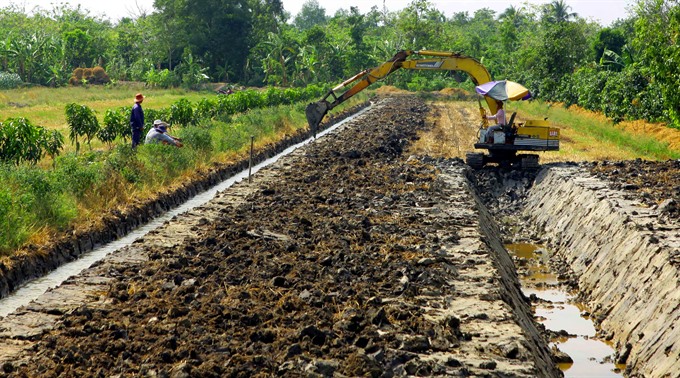
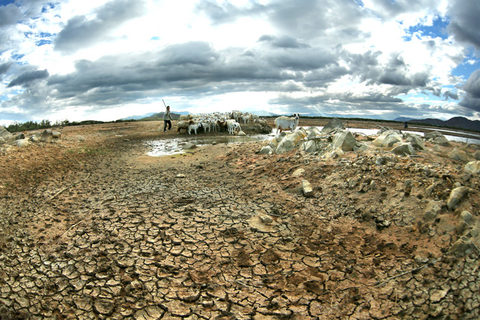

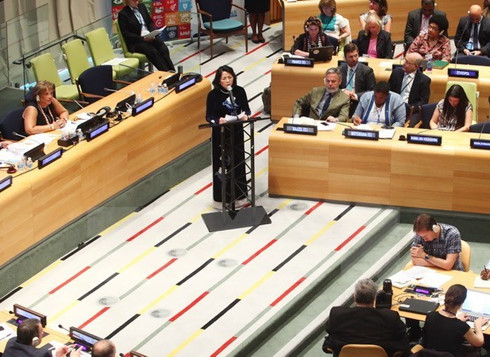
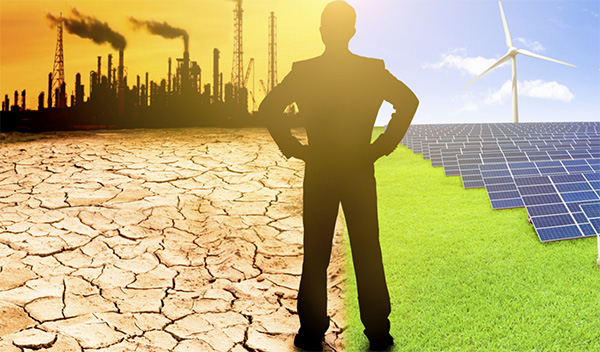
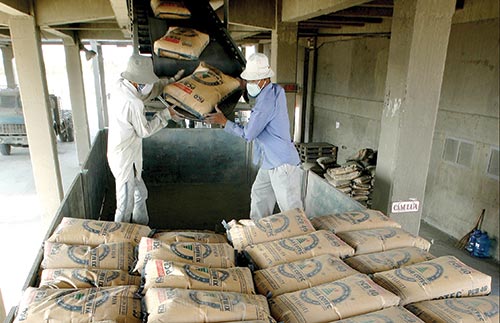










 Mobile Version
Mobile Version